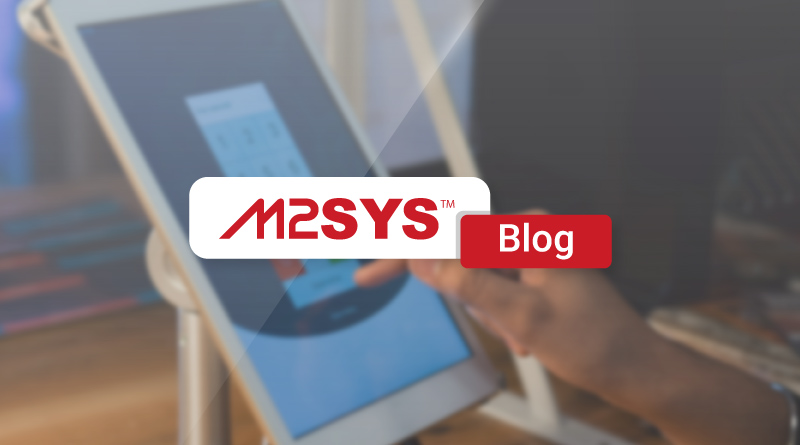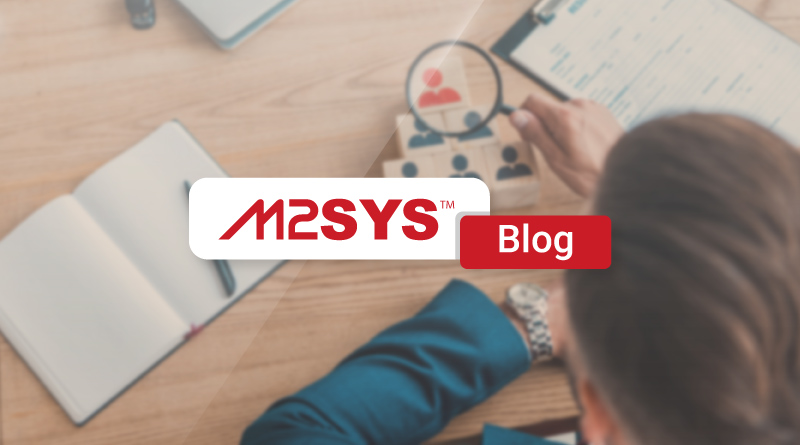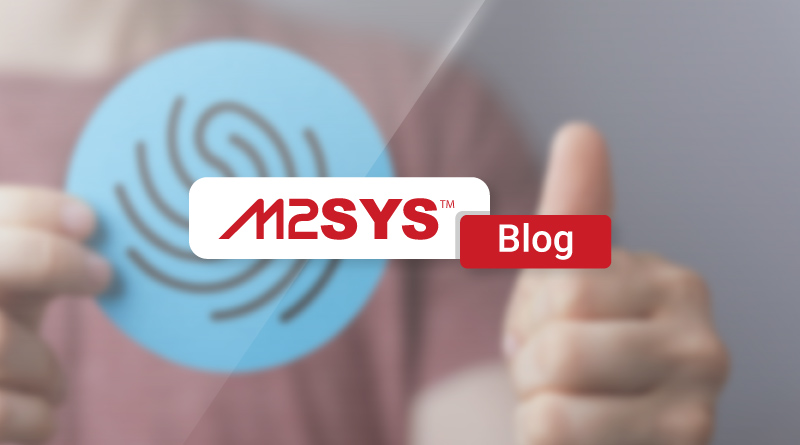Maximize Citizen Engagement with Public Sector AI Solutions
Explore how public sector conversational AI is revolutionizing citizen engagement and operational efficiency in government. Discover the transformative role of AI assistants in providing 24/7 support, streamlining back-office operations, and enhancing transparency and trust in public services.
TL;DR
- Revolutionize citizen engagement with M2SYS Conversational AI, offering 24/7 support and streamlined operations.
- AI is essential for modern governance, projected to grow to $9.9 billion by 2026, enhancing service delivery and efficiency.
- Boost transparency and trust in public services with AI-driven platforms, providing real-time updates to citizens.
- Case studies from Yemen, Nigeria, and Turkey demonstrate AI's transformative impact on government operations.
- Implement AI solutions effectively by assessing processes, defining objectives, and choosing the right platform.
- Act now to meet rising citizen expectations and avoid falling behind in public service delivery.
Transform your government operations with M2SYS Conversational AI. Contact us today to learn more.
Welcome to Monday, a day often associated with new beginnings and fresh starts. As we kick off the week, let’s delve into an exciting topic that is revolutionizing the way governments engage with their citizens: public sector conversational AI. In today’s fast-paced digital world, government agencies face immense pressure to boost citizen engagement while enhancing operational efficiency. As citizens demand more accessible, faster, and error-free public services, agencies at all levels are turning to advanced technology to meet these expectations. One such transformative technology is Conversational AI, specifically designed for the public sector. This article examines how cutting-edge AI assistants not only offer 24/7 responsive citizen support but also streamline back-office operations like permit request automation, significantly reducing wait times and processing errors.
The Role of AI in Modern Governance
Artificial Intelligence in the public sector is not merely a passing trend but a necessity for modern governance. The global AI market in the government sector is projected to grow exponentially, reaching $9.9 billion by 2026, according to a report by MarketsandMarkets. This growth is driven by the need for government agencies to improve service delivery and operational efficiency. AI solutions such as the M2SYS Conversational AI platform are at the forefront of this transformation, offering a comprehensive approach to streamline government operations without the need for multiple AI applications or in-house expertise.
Enhancing Citizen Engagement with AI
One of the primary benefits of implementing Conversational AI in government operations is enhanced citizen engagement. AI assistants can provide 24/7 support, addressing citizen inquiries and processing service requests efficiently. For instance, AI-powered chatbots can handle a wide range of queries, from simple information requests to more complex tasks like processing permit applications. By integrating customizable AI assistants designed for government employees, agencies can manage increasingly complex inquiries more efficiently, allowing officials to focus on high-impact tasks.
Case Study: Yemen’s Electoral System Modernization
A prime example of AI’s potential in government operations is the modernization of Yemen’s electoral process. M2SYS supported Yemen’s Supreme Commission of Elections and Referendum (SCER) through a large-scale voter registration initiative. This project established a voter database of approximately 14 million citizens, reducing electoral disputes and enhancing public trust in the democratic process. The use of AI in this context not only streamlined operations but also fostered greater transparency and trust in public services.
Streamlining Back-Office Operations
Beyond citizen engagement, AI solutions significantly improve back-office operations. Automating routine tasks such as permit requests can dramatically reduce processing times and errors. For example, the M2SYS platform allows government agencies to automate the processing of permit requests, freeing up valuable resources that can be redirected to more strategic tasks. This automation not only improves efficiency but also enhances the accuracy of data processing, reducing the likelihood of errors that often plague manual processes.
Case Study: Nigeria’s SIM Card Registration
In Nigeria, the implementation of a nationwide citizen registration system by M2SYS in collaboration with the Nigerian Communications Commission (NCC) highlights the impact of AI on operational efficiency. This initiative supported the creation of a centralized user database for SIM card holders, contributing to fraud prevention and regulatory compliance. Successfully registering biometric credentials for over 140 million mobile users, this project underscores the scalability and effectiveness of AI solutions in managing large-scale government initiatives.
Practical Steps for Implementing AI Solutions
Successfully deploying AI solutions in the public sector requires careful planning and execution. Here are some practical steps for government agencies looking to harness the power of AI:
- Assess Current Processes and Identify Bottlenecks: Begin by evaluating existing processes to identify areas where AI can have the most significant impact. Focus on tasks that are repetitive, time-consuming, and prone to errors.
- Define Clear Objectives: Establish clear objectives for what you hope to achieve with AI integration. Whether it’s improving citizen engagement, reducing operational costs, or enhancing data accuracy, having defined goals is crucial for successful implementation.
- Choose the Right AI Platform: Select a platform that aligns with your agency’s specific needs. The M2SYS Conversational AI platform, for instance, offers a comprehensive solution that can be customized to fit various government functions.
- Pilot and Scale: Start with a pilot project to test the AI solution in a controlled environment. Use the insights gained to refine the implementation process before scaling up to broader applications.
- Train Staff and Communicate Benefits: Ensure that government employees are adequately trained to work alongside AI tools. Additionally, communicate the benefits of AI to both staff and citizens to foster acceptance and support.
Building Trust and Transparency
One of the critical challenges facing government agencies is maintaining public trust. Implementing AI solutions can significantly enhance transparency in public services by providing citizens with real-time access to information and updates. For instance, AI-driven platforms can offer citizens insights into the status of their requests, fostering a sense of trust and accountability.
Case Study: Turkey’s National ID System
In Turkey, the development of a new national ID system supported by M2SYS highlights the role of AI in enhancing trust and transparency. This platform facilitated the issuance of smart ID cards containing secure personal and biometric information for over 80 million citizens. By ensuring secure and efficient data management, the system bolstered public confidence in government operations.
The Urgency of AI Adoption
The urgency for adopting AI technologies in the public sector cannot be overstated. As citizen expectations continue to rise, government agencies must act swiftly to integrate AI solutions or risk falling behind. The benefits of AI, from increased engagement and efficiency to enhanced transparency and trust, make it an indispensable tool for modern governance.
In conclusion, the adoption of public sector conversational AI for government is not just about keeping up with technological trends; it’s about fundamentally transforming how government agencies operate and interact with citizens. By leveraging platforms like M2SYS Conversational AI, government agencies can meet the demands of today’s tech-savvy citizens, delivering services that are faster, more accurate, and more accessible than ever before. As we move forward, the integration of AI in government operations will continue to play a pivotal role in shaping the future of public service delivery.
How to Implement Conversational AI in Government Services
- Assess Current Processes: Begin by evaluating existing workflows to pinpoint repetitive and error-prone tasks that could benefit from AI automation.
- Define Objectives: Clearly outline the goals you aim to achieve with AI, such as improving response times or enhancing data accuracy.
- Select the Right Platform: Choose a robust AI platform like M2SYS, which offers customizable solutions fit for government needs. Learn more about the platform here.
- Pilot and Evaluate: Test the AI solution with a small-scale pilot to gather insights and make necessary adjustments before a full rollout.
- Train Employees and Communicate Benefits: Provide comprehensive training sessions for staff and educate them on the benefits of AI to ensure smooth integration and acceptance.
Enhancing Trust and Efficiency with AI
Maintaining public trust is crucial for government agencies. AI solutions can enhance transparency by providing citizens with real-time insights into their service requests. For a deep dive into how AI can foster trust and efficiency, check out our article on Explaining the Use of AI in Local Government.
What is Conversational AI in the public sector?
Conversational AI in the public sector refers to advanced AI systems that facilitate interactions between government agencies and citizens through natural language processing and machine learning. These systems enable 24/7 support for citizen inquiries and streamline back-office operations, such as permit requests, to enhance service delivery and operational efficiency.
How does Conversational AI enhance citizen engagement?
By providing real-time responses and continuous support, Conversational AI increases citizen engagement with government services. Tools like AI-powered chatbots efficiently handle a wide array of requests, from answering simple questions to processing complex applications, thereby freeing up government officials for more strategic tasks.
What are the benefits of implementing AI solutions in government operations?
Implementing AI solutions can significantly reduce operational costs, augment data accuracy, and enhance transparency. AI tools automate routine processes, decreasing error rates and processing times. For more details on these benefits, visit our article on 6 Benefits of AI in Government Agencies.
Are there any case studies demonstrating the successful use of AI in government?
Yes, notable examples include Yemen's Supreme Commission of Elections and Referendum, which saw a reduction in electoral disputes through AI-supported voter registration systems, and Nigeria's nationwide citizen registration system, aiding in fraud prevention and regulatory compliance. For more insights, explore how AI is transforming government operations.
What steps should government agencies take to implement AI solutions?
Government agencies should start by assessing current processes to identify areas for AI intervention, define clear objectives, choose the right AI platform, pilot the project, and train staff. Detailed practical steps are discussed in our article on Harnessing Generative AI for Government Agencies.










